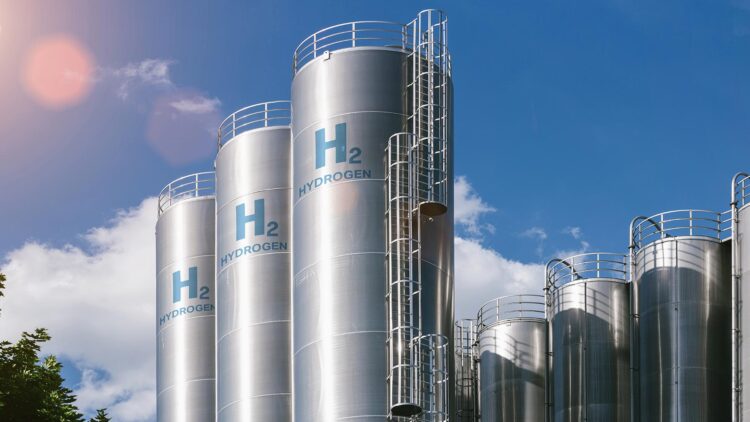The Middle East continues to accelerate in its efforts to lead the international green hydrogen industry. The governments of nations in the Middle East region plan to capture 10% of total global hydrogen investment by 2030, with regional commitments expected to reach $11 billion. The nations spearheading this include Saudi Arabia, the United Arab Emirates, Oman, and Qatar.
National investment and strategies drive hydrogen expansion
Ambitious national strategies and investments are propelling the Middle East towards hydrogen export supremacy. The developments are marking a historical shift from fossil fuels to clean energy. Some noted moves are:
- The Saudi Arabia-based NEOM Green Hydrogen Project is a core initiative.
- The project is valued $8.4 billion.
- NEOM’s budget grew by 70%: an exceptional increase from the original budget of $5 billion.
- NEOM Helios has large-scale ambitions: planning to produce 600 tons per day by 2026.
- The United Arab Emirates (UAE) is leading a Hydrogen Leadership Roadmap that sets long-term goals for production and decarbonization through 2050.
- Oman’s 25 GW wind-solar electrolyzer cluster supports energy diversification goals according to Vision 40.
- Middle East governments are attempting to reduce reliance on oil exports by integrating hydrogen into national strategies. To encourage private sector participation, governments are supporting the policy through:
- Regulatory framework
- Financial incentives
- Local production targets
- The use of established ports and those in proximity to key markets to strengthen competitiveness.
- Regional strategies emphasize export potential to the Europe and Asia regions.
- Existing ports, such as those in Dubai, Sohar, and Yanbu, are adapting for green hydrogen shipments.
- There are already existing partnerships with other markets, such as export partnerships with a Germany-based international energy company, SEFE, to supply Europe.
- Initiatives to secure a competitive position ahead of Chile and Australia.
The Middle East emerges as a hydrogen powerhouse with low-cost energy
The Middle East region has been producing some of the cheapest renewable energy, with Saudi Arabia’s PPAs hitting $0.0104/kWh. Along with this, the region’s hydrogen production costs are lower than Europe’s ($9.88/kg-$14.31/kg), at $6.54/kg-$12.66/kg. The financial feasibility of such large-scale production of green hydrogen is underpinned by low-cost energy across the region.
The region’s already-present resources are a key part of the move away from fossil fuel energy. Some of these resources include:
- Abundant solar irradiation
- Consistent wind conditions
- Large stretches of undeveloped land
- Strategic geography
- Existing energy expertise and infrastructure
The Middle East has a lot of potential, with a large amount of undeveloped land, allowing for the deployment of scalable hydrogen infrastructure. The integration of infrastructure with the region’s existing grids will require technological innovation and planning.
The hydrogen race: Sustainability, competition, and technical challenges
A key challenge in the Middle East’s plans is the region’s water scarcity, which is a core obstacle for electrolysis-based hydrogen production. Advanced desalination and air-cooled electrolyzers are two solutions available to combat the region’s water scarcity.
There is an increase in the competitiveness among other countries, such as Australia, which has expressed its goal to be a top hydrogen exporter by 2050. Chile is also following this trend, targeting a hydrogen capacity of 1800 GW by 2040. These international moves are pressuring the Middle East to scale efficiently and sustainably—a positive effect, as the Middle East is now set to become the leading region in terms of hydrogen exports.
The Middle East will have to address its water problems in order to achieve its green hydrogen ambitions, especially as the globe is quickly following in the region’s footsteps, with over $386 billion in global investments in the first 6 months of 2025.
Poised to become a dominant green hydrogen exporter, the Middle East has committed to major investments, large-scale national strategies, and export agreements. This energy transition marks a historic shift from fossil fuels, and with sustained investment, resources, expertise, cutting-technology and strategic exports, the region could become the leader of the global hydrogen sector.


